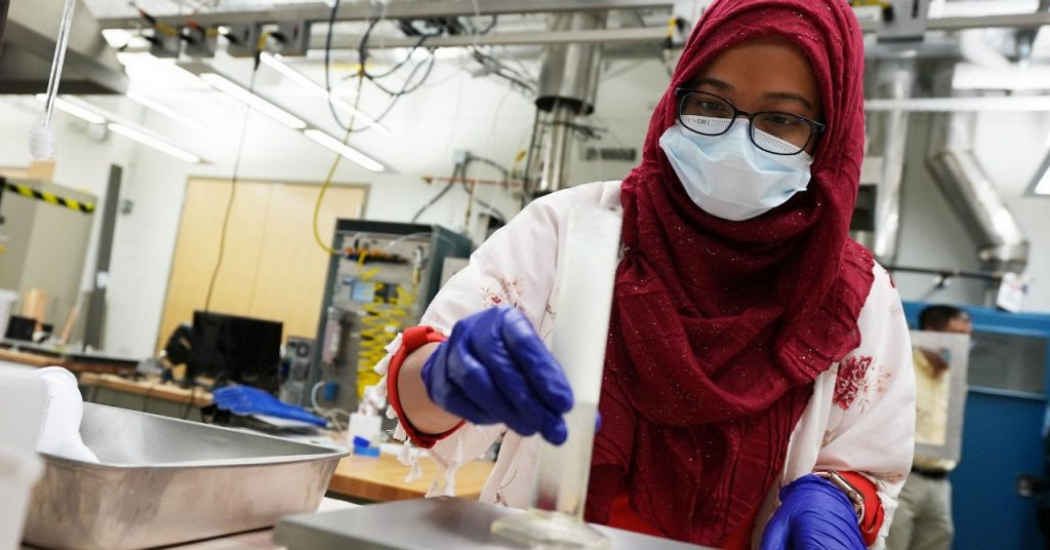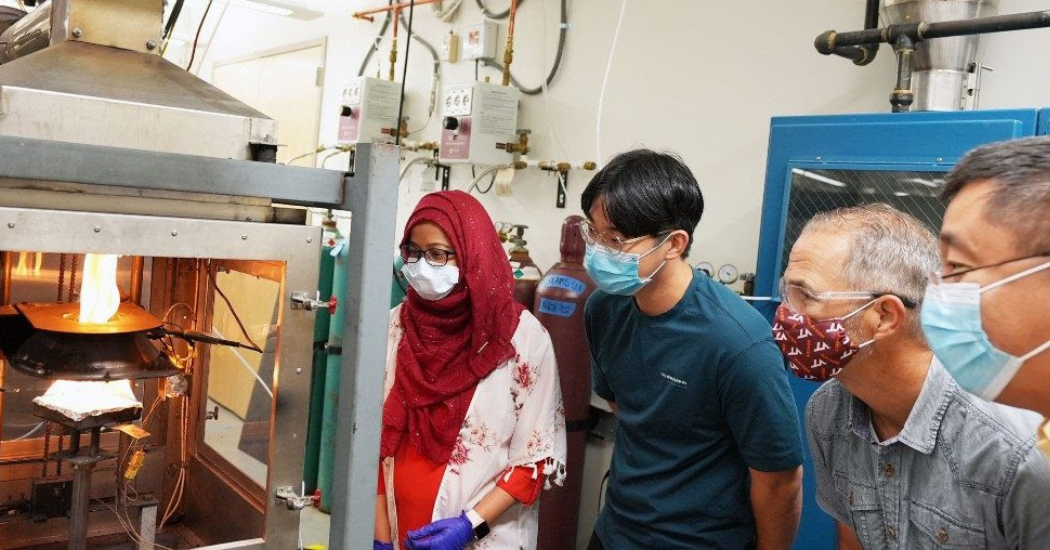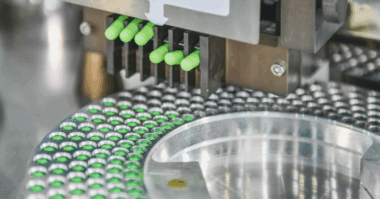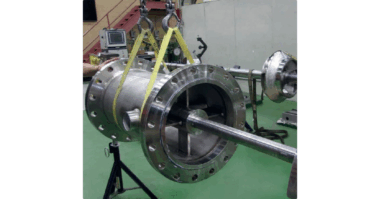Two Virginia Tech researchers have been awarded $1.2 million to develop an electronic molecular toolbox that uses machine learning and analytical techniques to support the development of environmentally friendly, firefighting foam.
The funding has been granted by the Strategic Environmental Research and Development Program, the environmental science and technology program of the Department of Defense.
Brian Lattimer, a professor of mechanical engineering, is the primary investigator for the project. He is joined by his colleague in mechanical engineering, Rui Qiao, and Tim Long, the director of the Arizona State University Biodesign Center for Sustainable Macromolecular Material and Manufacturing.
Replacing a harmful chemical
The initiative for the project came from legislation connected to the banning of perfluoroalkyl substances (PFAS). PFAS are often called “forever chemicals,” as they are slow to break down once released into the environment. Growing evidence shows that PFAS can cause adverse health reactions in humans and wildlife.
These chemicals are currently found in aqueous film forming foams (AFFF) used by the Department of Defense (DOD) and airports to suppress liquid fuel fires from accidental spills as well as vehicle and aircraft accidents, and are slated to be discontinued by the DOD in 2023. While this will be a helpful measure for public health, the need for high-performance fire suppression remains a critical issue for the DOD.
AFFF extinguish fires by covering the surface of the fuel with a blanket of foam to prevent the release of vapors, Lattimer explained. This behavior is unique in that the foam is able to extinguish fires quickly and prevent reignition of the fuel. This allows firefighters to rapidly extinguish the fire, then walk over the foam to rescue people.
According to Lattimer, there are no environmentally friendly foams available that perform at the same level as AFFF. To discover potential solutions in a rapidly closing window of time, the group will use experiments and simulations at the molecular level to discover what makes the current AFFF so highly effective. They’ll then deploy machine learning to build mathematical models that predict the transport of fuel through surfactant solutions at a molecular level and suggest new molecules expected to limit fuel transport.
Using this approach, they hope to assist chemists in accelerating the development of high-performance, environmentally friendly foams for use by the DOD, airports, and other high-hazard liquid fuel storage facilities.
“Firefighting foams are not only used by DOD, but also at airports all over the world,” said Lattimer. “In a situation such as a plane crash, time for passenger rescue is measured in seconds. It is critical that environmentally friendly foams can suppress fires as efficiently as AFFF to ensure life safety.”

Bringing the specialists together
With three research groups teaming up from across two universities, the multidisciplinary research initiative will coordinate parallel efforts in chemical synthesis, experimental trials, and modeling to examine the interactions of fuels and foam, demonstrate how foam surfactant solutions behave differently in controlled scenarios, and provide insight on foam stability.
The three groups will continuously share insights from their experiments, culminating in a rapidly assembled body of data.
Lattimer’s group will investigate the properties and behavior of foam exposed to fuels from the nano-scale to the macro-scale, relaying these findings to Qiao’s team to model the interactions mathematically. Long’s team at Arizona State will synthesize surfactant molecules, controlling specific geometric details to support the experimental effort in identifying surfactant features that most significantly impact resistance of fuel transport through the foam.
The team’s electronic molecular toolbox will include predictive models based on machine learning and a suite of complementary analytical methods that can be used by chemists to identify new environmentally friendly surfactants that might perform similar to AFFF. They aim to validate the toolbox for a range of different surfactants, so that it can be used by other scientists developing new firefighting foam formulations to accelerate discovery of future foams.
At the end of the project, the research team will share the electronic molecular toolbox with industry scientists working to develop new formulations, and will work with them to design new solutions. Lattimer and the team plan to roll that data out to industry scientists who will then be able to add to the dataset developed in this research to further enhance the model performance.
“Through this research, we hope to provide substantial evidence for the chemical structures that reduce fuel transport through foam,” said Lattimer. “This data could provide chemists with tools to identify new solutions to achieve superior fire suppression performance, hopefully even above what has been used in the past.”




